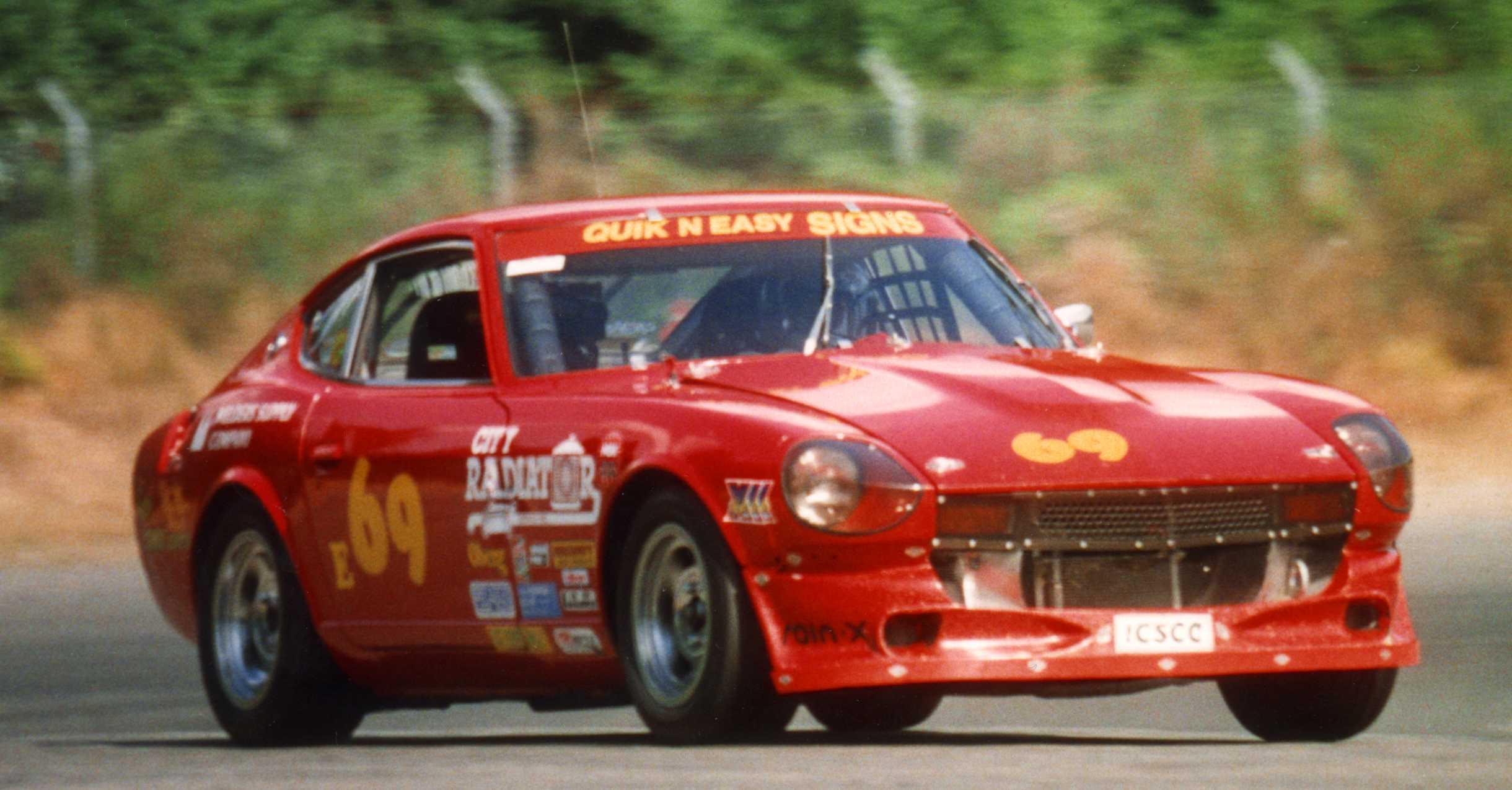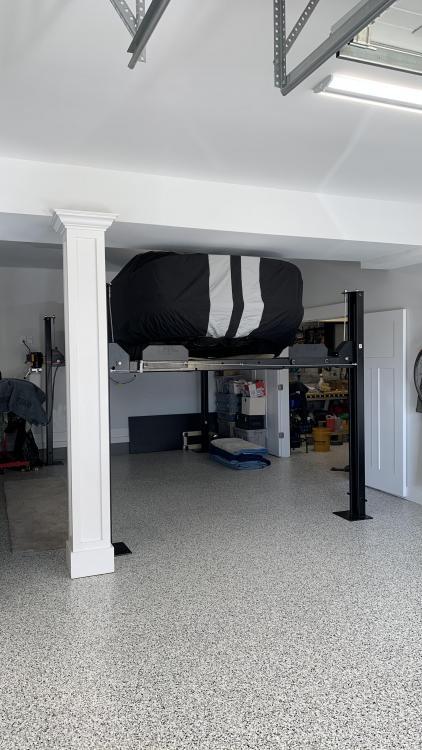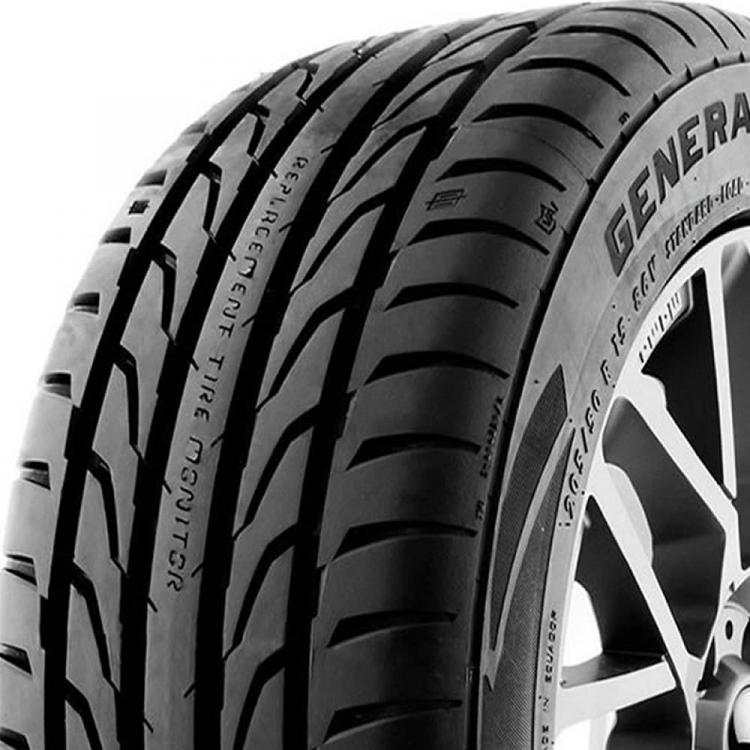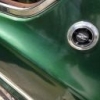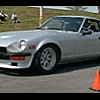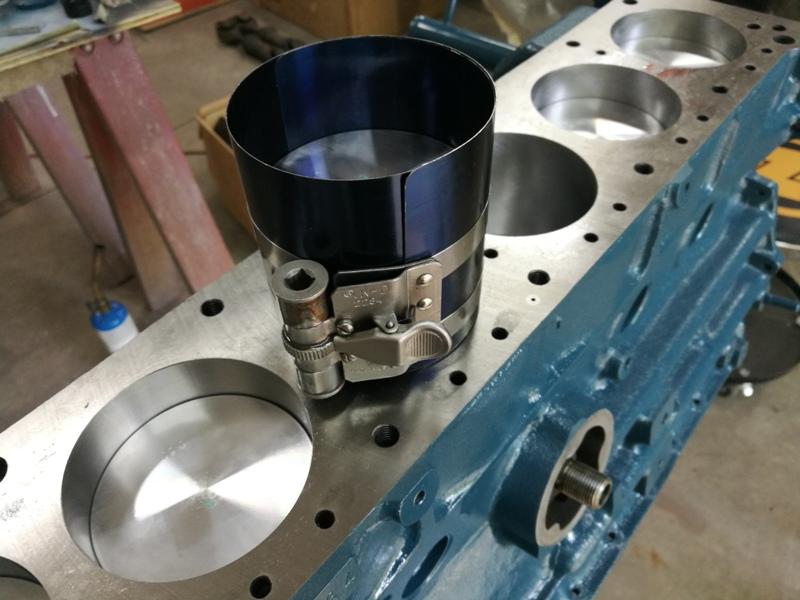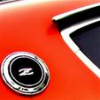About the oil slinger.
I have been inside a lot of engines over the years, and they all have had one.
It serves a number of purposes.
It keep excessive amounts of oil from splashing onto the oil seal. It doesn't stop it all, but reduces the amount. The seal needs a little lubrication, as the grease it gets packed with upon assembly doesn't last long, getting washed away by the detergents in the engine oil.
It also "slings" oil around the inside of the cover, lubricating the timing gear, be it sprockets and chain(s), or gears (diesel engines, racing engines and exotic sports car engines).
A manufacturer doesn't install anything on a car it doesn't need to, because stuff costs money and cuts into profits.
I can't explain why Honsewetz has that line in his Datsun hot to book, especially because it conflicts with text elsewhere in the book. Maybe someone should look him up and ask why.
~~~~~~~~~~~~~~~~~~~~~~~~~~~~~~~~~~~~~~~~
On an other note, I was thinking about what seems like too many people struggling with woodruff keys lately. As I mentioned, I've lost count of how many engines I've had apart and assembled. Sure, those keys were tricky at first, but I learned tricks to make assembly easy and stress free. I mentioned the dab of grease to hold it in place. I've even found that putting some motor oil in the keyway (I keep an oilcan with a tapered spout in my shop with oil in it for all kinds of lube work, works perfect for this) will keep the key in place (the surface tension forms a strong shear resistant bond between the key and the keyway).
Always have the keyway straight up, at 12 o'clock. Gravity helps.
Set the key parallel to the shaft centerline, then drop the forward end slightly, no more than a few thousandths of an inch.
Clean the inside of the hub bore with emery cloth, break the edges of the keyway, then take a jeweler's file and go over the edges of the keyway that faces the engine, chamfering a few thousandths of an inch. Make sure there are no rough areas after filing, clean up with emery cloth if needed. Smooth is important to prevent the possibility of a crack forming, which doesn't end well.
Clean everything very well. Stoddard solvent is perfect. Dry it off and blow with shop air before putting some antisieze (sparingly, a film is enough) on the inside of the hub.
Hold the damper with both hands, with the keyway at 12 o'clock, slide it on. Line it up with the key, and ease it on, watching the key until you can't see it.
When the hub bottoms out, try to rotate it. If it doesn't rotate, you are ready for the bolt.
Be sure the bolt and the threads in the crank snout are clean and dry. A couple drops of LocTite 242 blue, thread the bolt all the way in, and torque to spec.
